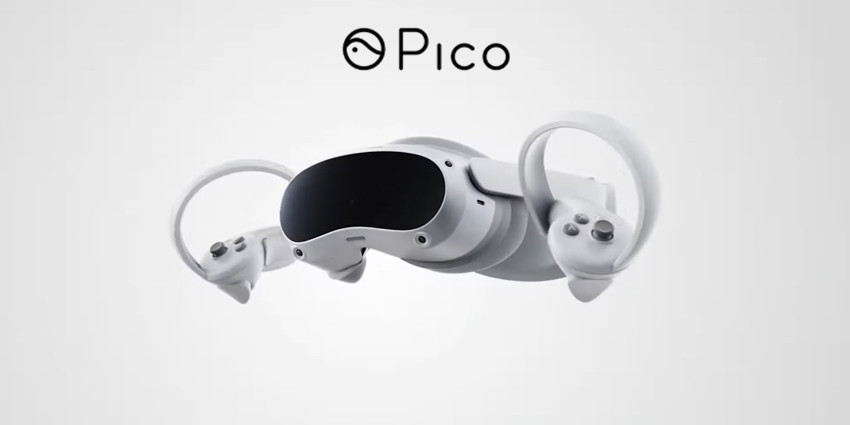Microsoft has faced yet another setback in its scheduled deployment of the Integrated Visual Augmentation System (IVAS) for the US Army, Bloomberg reported on late Tuesday.
The US Army revealed the massive $22 billion USD deal “has not yet demonstrated the capability to serve as a fighting goggle,” the report read, citing a non-public assessment set to publish in a future annual report from the Pentagon.
According to the document, the US Army had tested updated IVAS versions that had “demonstrated growth capabilities” and “improved comfort and field of view.”
The news comes after the US Army rescheduled a crucial field test of the headset from September last year to May, following an announcement it needed to test the device for additional time.
The assessment also urged the Army to “develop an adequate test and evaluation strategy that quantifies improvements” prior to launching the test.
Comments on IVAS Programme Delays
Courtney Bacon, Spokeswoman for the US Army, explained as quoted by Bloomberg the military branch had ordered 5,000 goggles valued at $373 million, as part of the 10-year deal of 121,500 headsets.
She added that to date, the Army has paid for roughly $40 million USD and would not accept the first 5,000 units “until the system passes validation and verification events.”
The Pentagon would divide payments on the final $333 million in headset after accepting the changes by late September, she continued, adding that, due to “technical challenges with the IVAS display and reliability,” military officials would reschedule combat testing to May this year.
Jessica Maxwell, Army Test Office Spokeswoman, added in the report that prior to the scheduled test, the Army must determine “whether a close combat unit equipped with IVAS can successfully accomplish their doctrinal mission in a realistic operational environment.”
Maxwell added the testing allowed the Army to demonstrate “improved situational awareness” along with enhanced planning and navigation while conducting missions with IVAS headsets.
Despite this, both Microsoft and the Army were urged to “improve display quality and reliability.” Officials were expected to release results on component-level testing to improve displays.
David Marra, IVAS Programme Director for Microsoft, said,
“Our close collaboration with the Army has enabled us to quickly build and iterate on IVAS to develop a transformational platform that will deliver enhanced soldier safety and effectiveness. We continue to test and refine IVAS through soldier engagements, ensuring this state-of-the-art mixed-reality platform is effective, reliable, and exceeds the Army’s objectives”
Setbacks, Delays, and Progress
The news comes after the Army reassured the IVAS project would still deploy in 2022, according to a report from the Army Times, citing concerns over inconsistent data with the device’s heads-up displays (HUDs) and moisture buildup while in field testing.
Previous statements in December last year on the concerns added the Army was “fully committed” to working with Microsoft and would continue to develop and field the technology in 2022.
The military branch had also conducted thousands of hours in field testing, along with trials with Black Hawk and Chinook helicopters, prior to the delayed September deployment date.
Microsoft’s HoloLens 2-focused IVAS project creates a mixed reality (MR) interface for soldiers and personnel to identify and target combatants, communicate between headsets, find waypoints and topographical maps while in missions, access night vision, and other functions.







